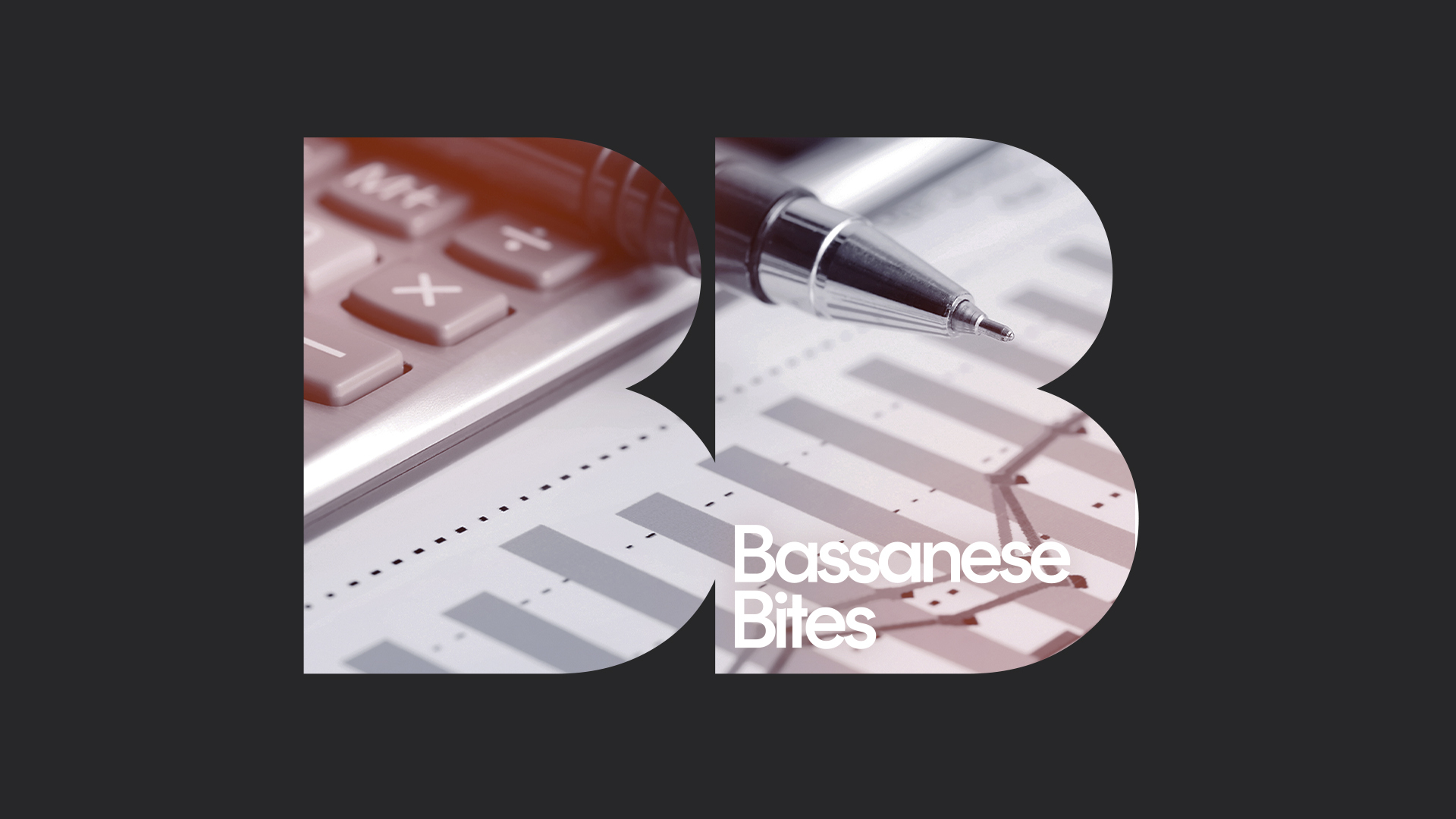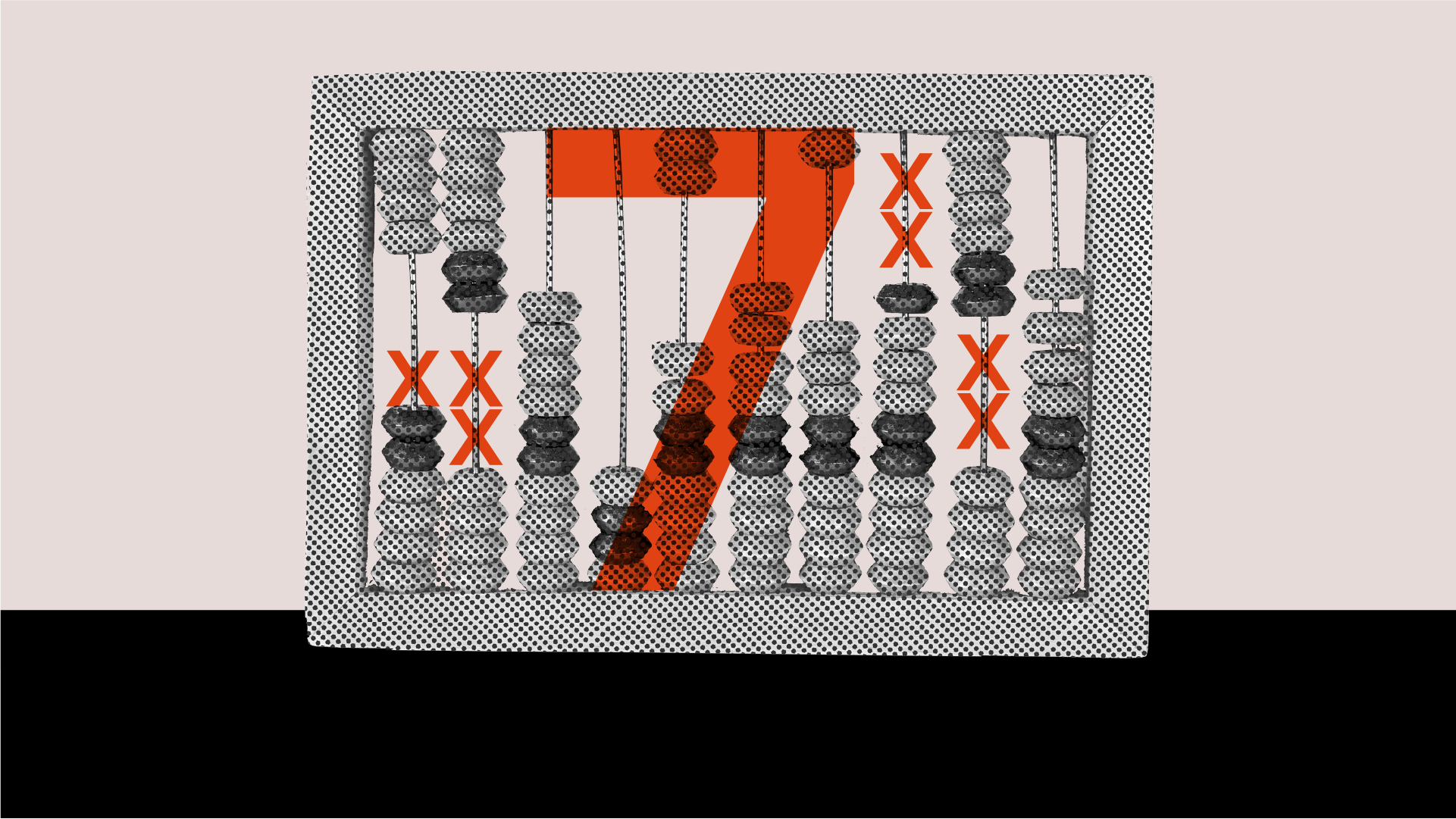022 has seen a significant pullback in sharemarkets around the world. On closer inspection, that pullback has not been an ‘across the board’ correction, with some parts of the market suffering more than others, and other, previously unloved parts, coming back into favour.
The establishment of new trends in the market generally presents opportunities, and in this article, we’ll look at an opportunity that may be of particular interest to yield-hungry investors.
Whether you realise it or not, you are a factor investor!
Chances are, you don’t think of yourself as a ‘factor investor’ (and how many of us even know what that means?!). Nevertheless, you are exposed to factors in some way, whatever your investment choices.
Factors can be thought of as characteristics of securities that have the potential to deliver above-market risk-adjusted returns over time. Factors include:
- Momentum – stocks that are trending strongly in one direction
- (Low) Volatility – stocks that are relatively stable
- Value – stocks trading at a discount to their fundamental valuation. The ‘value’ approach is typically contrasted with the ‘growth’ approach.
- (High) Dividend Yield – stocks paying relatively high dividends
Whether you realise it or not, your portfolio has varying exposures to all these factors, depending on how it is constructed.
For example, if you hold a portfolio that is heavily invested in technology stocks, chances are you have a high tilt to ‘Momentum’, and a low tilt to ‘Value’, ‘Dividend yield’, and ‘(Low) Volatility’.
Which factors are doing well right now?
In recent years, stable economic growth, accommodative monetary policy, subdued inflation, and falling interest rates have led Momentum and Quality to be the best-performing factors, while Value and Low Volatility underperformed.
The stellar performance of tech stocks was largely responsible for this, as investors bid up stocks that were running strongly (Momentum), and that offered the potential for large profits in the future (Growth).
From the second half of 2021, however, there has been something of a shift.
Fears now centre on inflation, higher interest rates and bond yields, and threats to economic growth and corporate earnings. In this type of environment, the following factors tend to perform better:
- High Dividend Yield – companies that can pay high, stable and sustainable dividends in the present may be preferred by investors over those promising uncertain capital gains in the future. Particularly in times of heightened volatility and rising rate environments.
- Value – value stocks are theoretically considered to have a lower level of volatility, and hence risk, by nature of their established cash flows, larger and more established nature, and lower valuations.
- Low Volatility – ‘low volatility’ strategies target companies whose prices have fluctuated less than the broader market i.e. low-beta. Low volatility is a defensive factor that can allow investors to stay invested whilst potentially reducing losses relative to the broad market during downturns.
The table below shows how these factors have performed over various timeframes up to five years.
Returns of MSCI World Factors
 Source: Morningstar. Figures in AUD as at 31 May 2022. Past performance is not indicative of future returns. You cannot invest directly in an index.
Source: Morningstar. Figures in AUD as at 31 May 2022. Past performance is not indicative of future returns. You cannot invest directly in an index.
It’s evident from the table that there has been a shift in recent months. While Momentum and Quality have produced superior returns over the last three and five years, the more recent past has seen a stronger performance from the Value, Low Volatility and High Dividend Yield factors.
How can Australian investors take advantage of this?
An ETF that helps investors tilt towards the High Dividend, Low Volatility and Value factors is the BetaShares Global Income Leaders ETF (ASX: INCM).
INCM is designed to provide exposure to 100 high-yielding large/mid cap global companies (ex Australia). The index that INCM aims to track (after fees and expenses) also requires companies to meet other screening criteria, which includes for example positive total earnings over a trailing 12-month period. Each must also have paid a regular dividend for the last three years.
The table below shows the factor tilts of INCM as at 31 May 2022, and for comparison’s sake, the tilts of broad global shares, as represented by the MSCI World Index. Of its Australian-domiciled International Equity ETF peers, INCM currently ranks first in Low Volatility and Yield and second in Value factor scores1.
Source: BetaShares, Morningstar Direct. Figures as at 31 May 2022, subject to change.
The chart below shows the performance of INCM relative to the broad global sharemarket over the two years to 31 May 2022, illustrating the relative outperformance since late 2021.
Source: BetaShares, Bloomberg. Figures as at 31 May 2022. Past performance is not indicative of future returns. You cannot invest directly in an index.
As at 31 May, INCM had a distribution yield of 3.6% p.a., based on the previous 12 months’ distributions.
| There are risks associated with investment in the Fund, including market risk, international investment risk, currency risk and concentration risk. For more information on risks and other features of the Fund, please see the Product Disclosure Statement |
1. Morningstar Direct, as at 31 May 2022. Universe defined as Australia Exchange Traded Funds, Global Category Global Equity Large Cap. Ranking out of 65 peers.
This article mentions the following funds

Written by
Richard Montgomery
Manager – Investment Communication
Read more from Richard.

